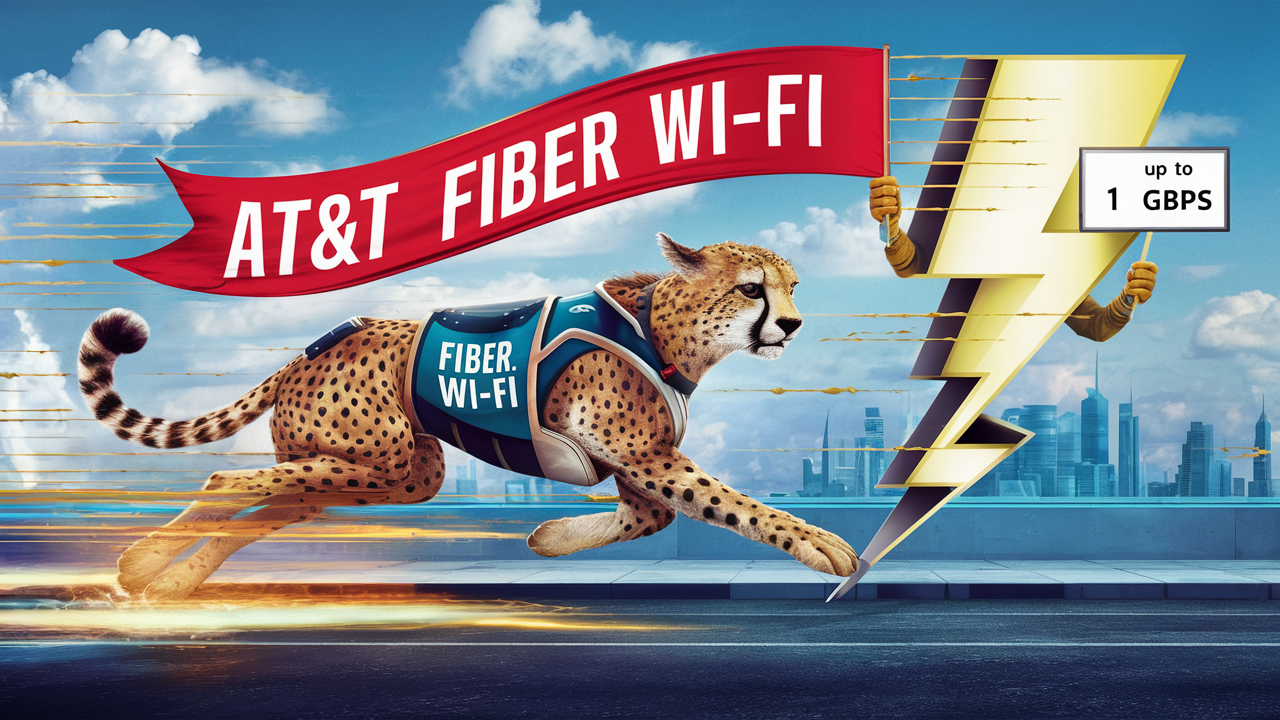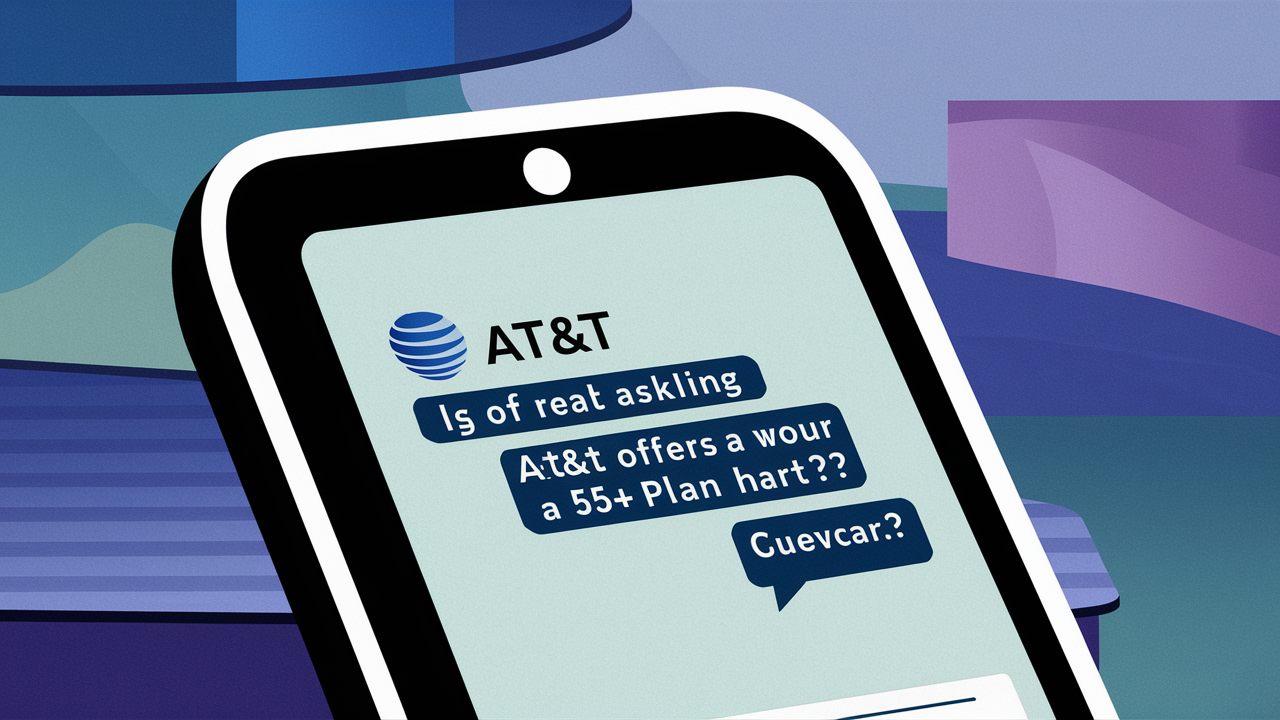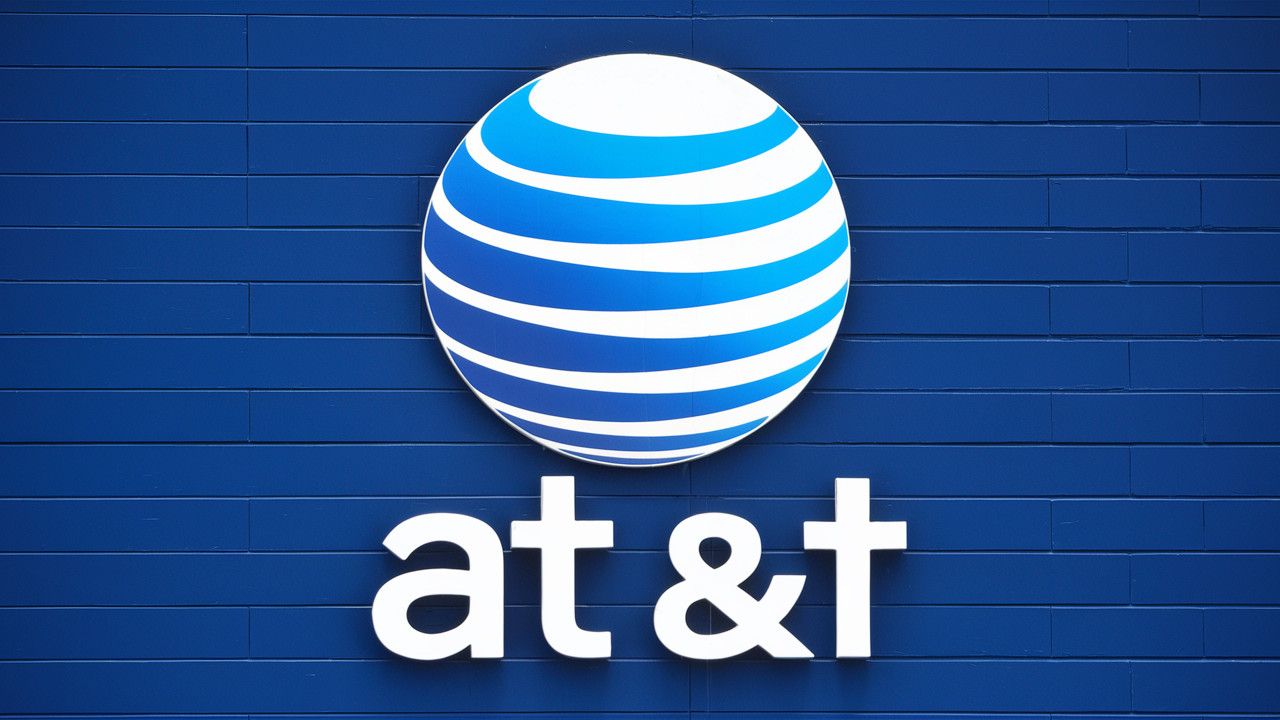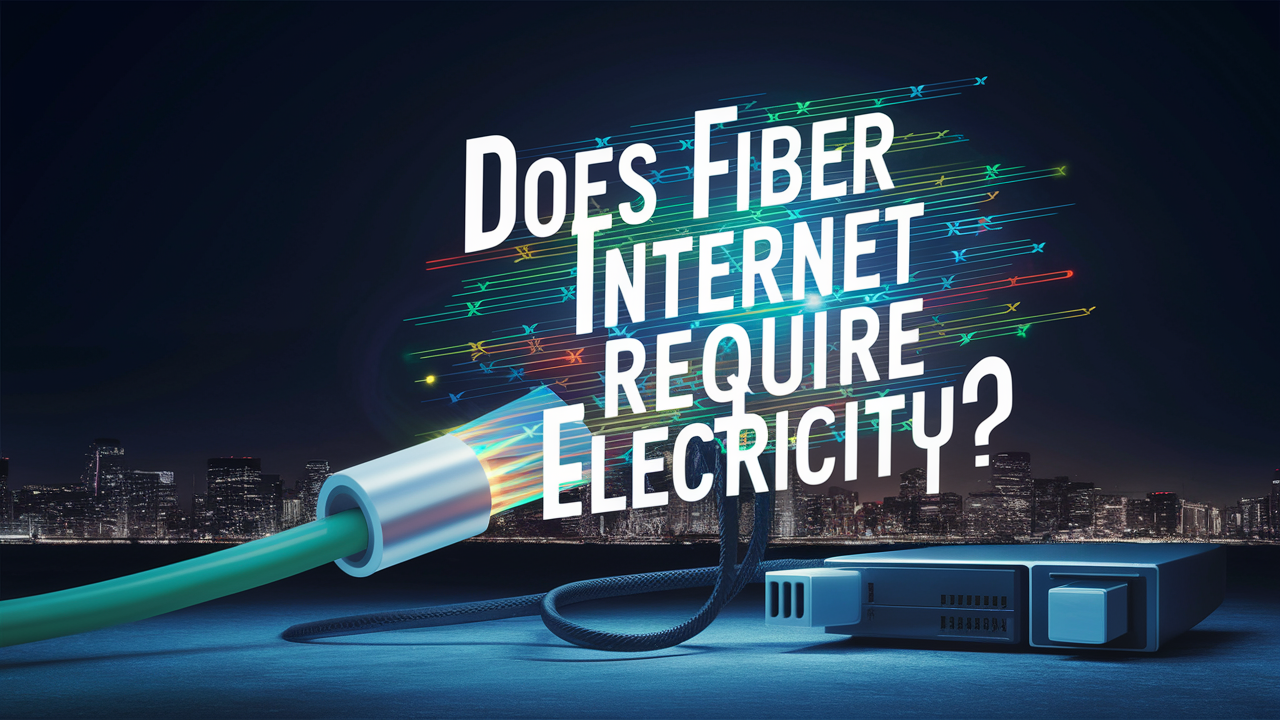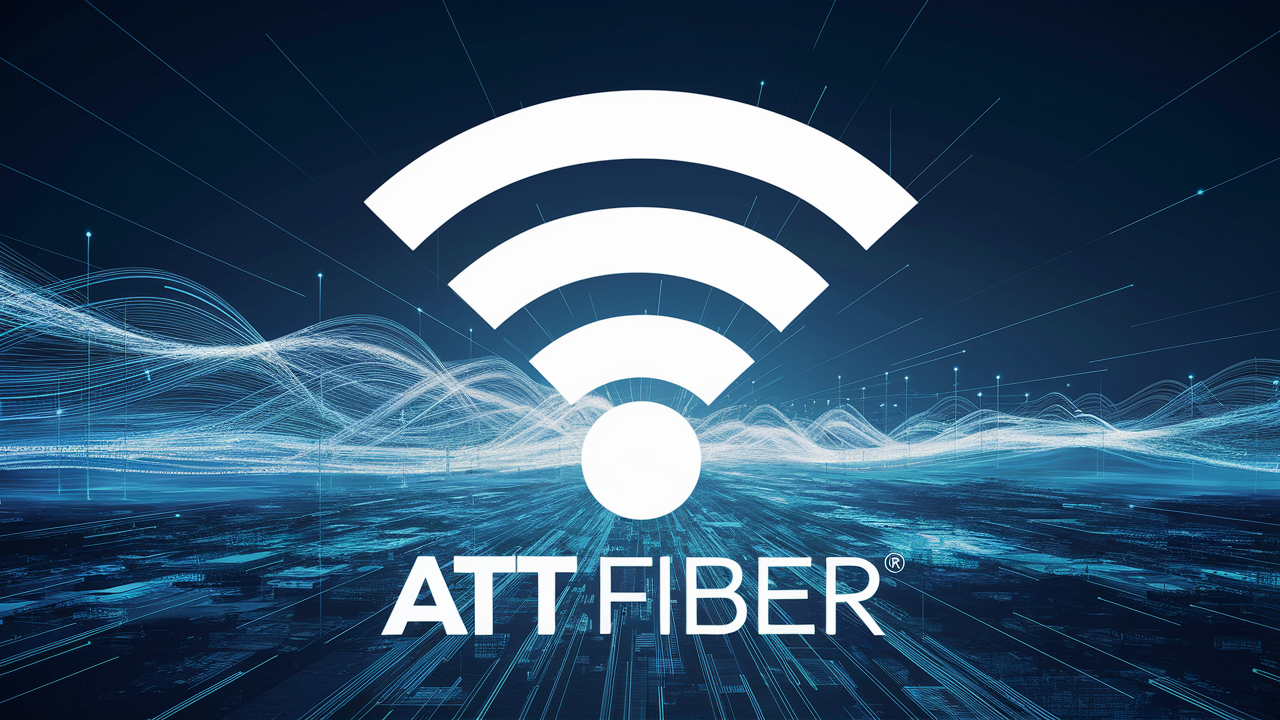
Barely has it been seen as a new comer in the market but now many people are using fiber optic internet because it’s very fast and efficient. However, with its evidently rather steep price point, people have wondered whether one can, for instance, split a fiber internet connection to reduce the costs a little. The short answer would be ‘maybe,’ but in this case, there are certain conditions that need to be met to be considered valid.
The Technical Possibilities
From a technical point of view, it is reasonable to connect multiple households or units to a single fiber optic internet connection. Fiber reaches an intermediate device called Optical Network Terminal (ONT) which transmits the signal in the form of light and converts it into ethernet. Yes, it is possible to use the ONT to connect a network switch or a wireless router to facilitate sharing out the connection.
Therefore, in an apartment building, a condo, or a multi-unit development, one large bandwidth fiber line could be brought to the property where cost was divided among occupants. One could install the ethernet cables or switch to a mesh Wi-Fi nodes to relay the signal around the units. The same concept would apply to something like if two neighbours are sharing a fence, then they would share the cost of a gigabit fiber internet.
Some of the main challenges associated with bandwidth sharing include the following:
Of course, having a fiber connection is not without its issues, especially when it’s a shared connection. The first problem is probably the fact that it lets multiple devices and households share a single pipeline of bandwidth, which tends to get congested during peak usage.
Even if you acquired a fiber line of 1 Gbps and above, do not be deceived thinking it is very fast, when it is an aggregated number based on all the devices connected at the same time. Therefore, if you are having a 500 Mbps fiber connection plan in which 4 households are connected, at one time, 10 devices would be a burden on this connection and the users might end up receiving lags, bufferings and other frustrating factors.
Overseeing network access requires and understanding of the fundamental tenets of networking, including subnets, VLANs, QoS, and traffic shaping. If users are not pre-segmented and traffic is not prioritized, at least some of the residents will have complaints about the speed. This gets complicated rather fast and is typically best handled by professionals and often needs professional maintenance and monitoring.
The Legalities to Consider
Anyone with a plan to use this type of common residential Internet structure needs the advice of a lawyer about legal and regulatory concerns. There can be rules, laws, HOA bylaws or other regulations regarding selling telecom services at higher price to third party.
For instance, most ISPs restrict the rebroadcasting or resale of Internet service Provider access originally designated for home use unless the user has business class service packages and permits. Therefore if a homeowner only splits $70 per month fiber bill with a neighbor, then chances are high that it goes against that ISP’s terms of service. Therefore, doing it on a larger scale for instance for the whole apartment building may call for some special approval and the commercial class plans.
Local laws also require permission and authorization to access the right of way for installation of shared telecommunications facilities. For instance, access to the municipal fiber network can only be done after being approved and registered to use the service. Another important precautionary measure is the rules that apply in relation to questioning the tenant about fees for access, which in different municipalities may be different.
Should We Bother For?
In a nutshell, and on balance, consumer fiber internet is legal and reliable to share at the end of the day but the process entails some great legal barriers. Unfortunately, the actual cost reduction seldom offsets the elaborate design and management procedures. For instance, reduced speed is an aspect that annoys users due to the poor performance that is displayed by the software in question.
However, it could still be reasonable in certain cases. For instance, there is a homeowner who is a techie and on good terms with the neighbor as well as an understanding ISP can manage to engage in simple fiber peering. However, for higher density housing and development the owner prefers to cover the connectivity costs as a service rather than dealing with the difficulties and complications of subscriber trunk dialling and billing the occupants separately.
As fiber broadband goes wider and the prices for the services are improving their competitiveness constantly, it is much easier simply to pay for dedicated connections. However, in theory and with certain conditions, the option to split a single bulk fiber line means that more users can gain access to a high performance platform. When it comes to technical implementation, there must be a lot of planning like any other project and legal framework on how to access the internet services let alone providing them to the consumers.
Call (844) 905-5001 to get a new AT&T connection now!
Read More:
What is the difference between AT&T U-verse and AT&T Fiber?
What is the greatest disadvantage of fiber optic cable?
How do they connect fiber to your house?
What does my house need for fiber internet?
How long does it take to install fiber-optic internet?
